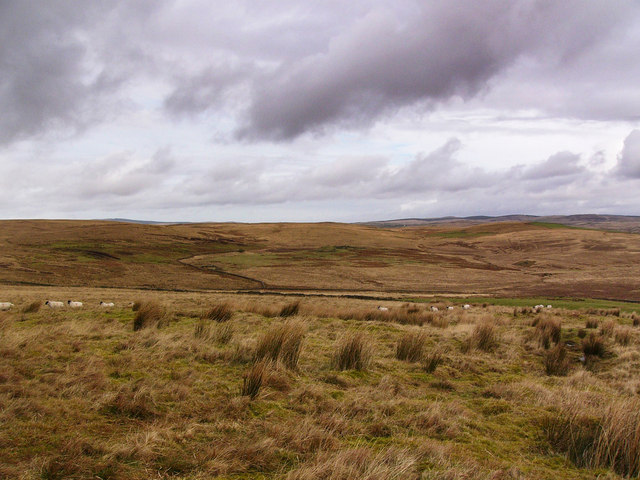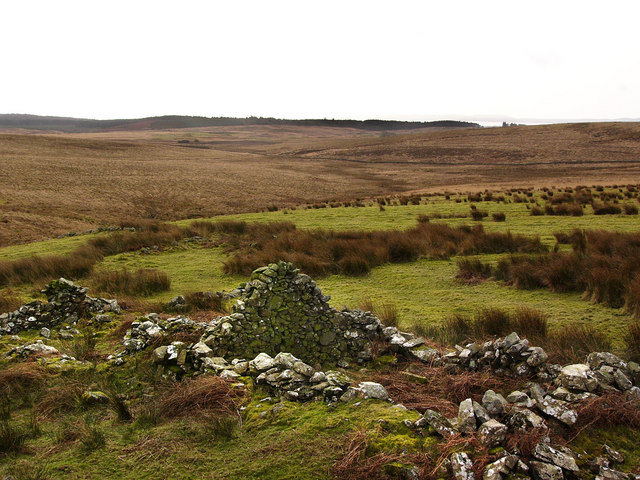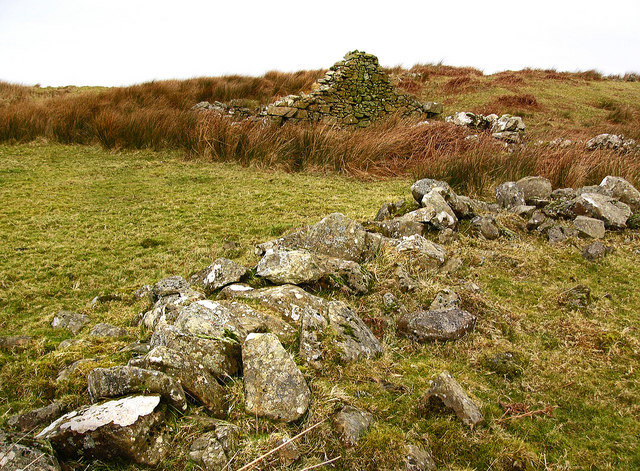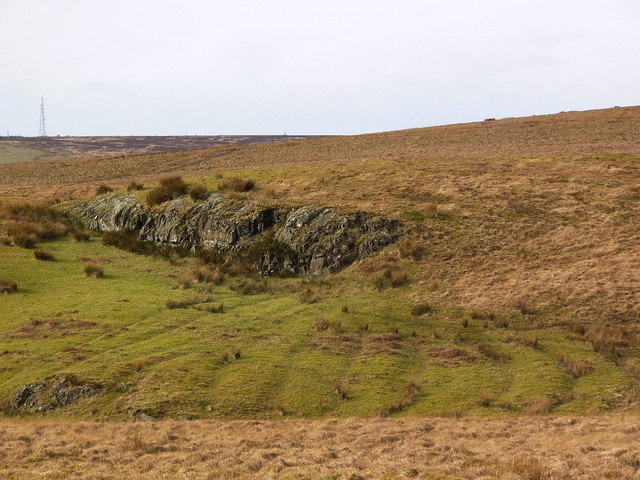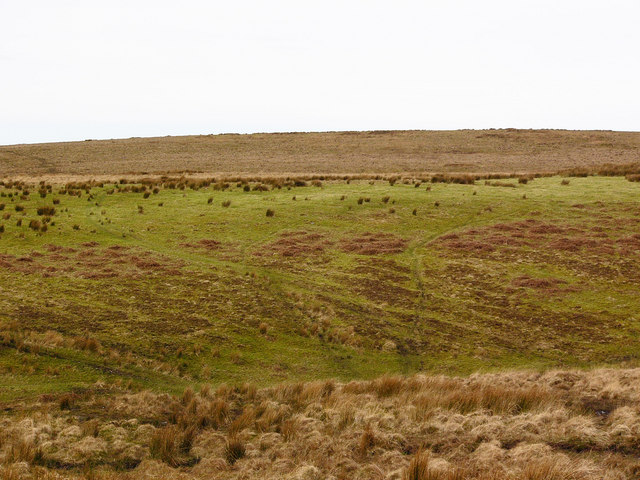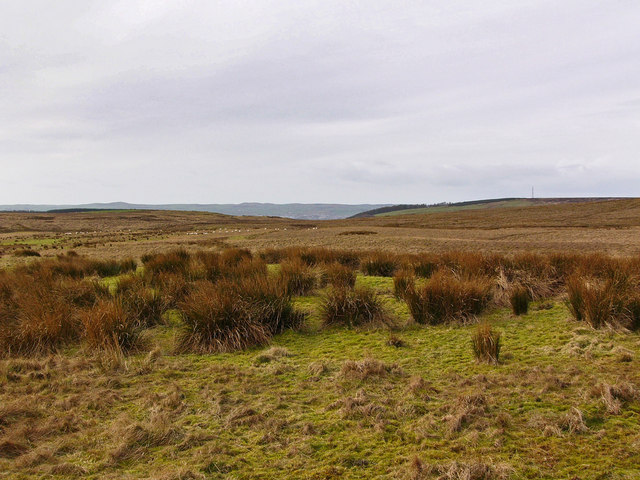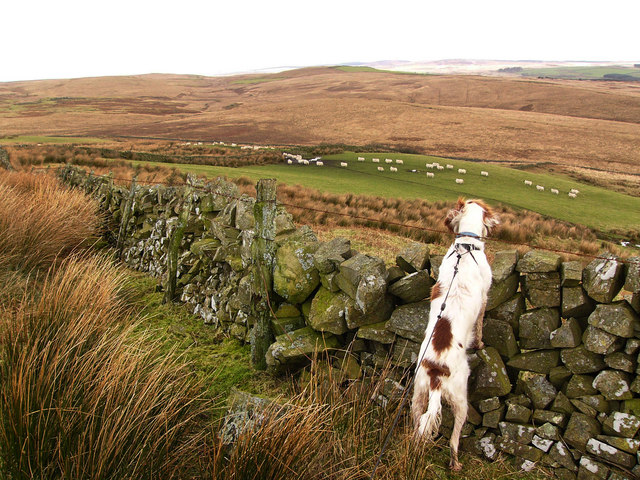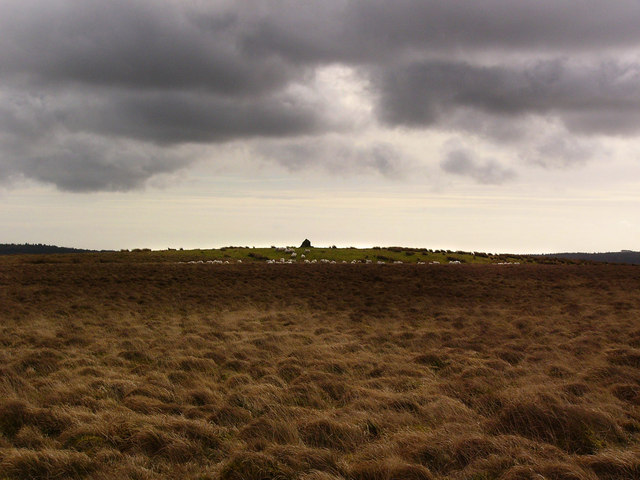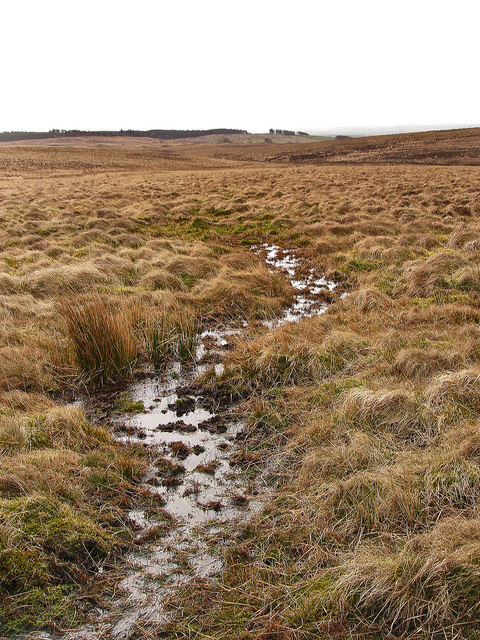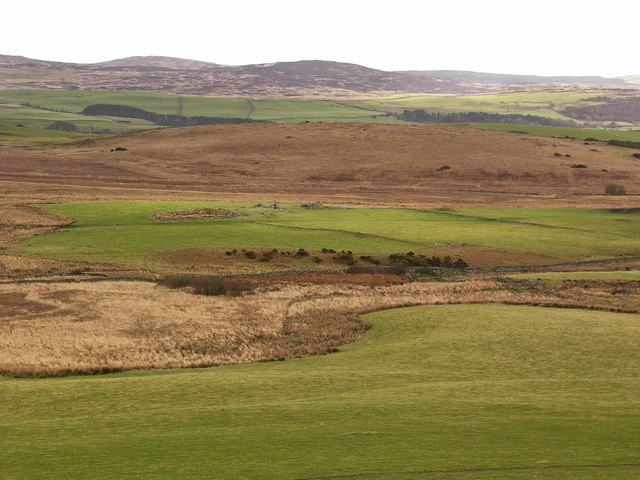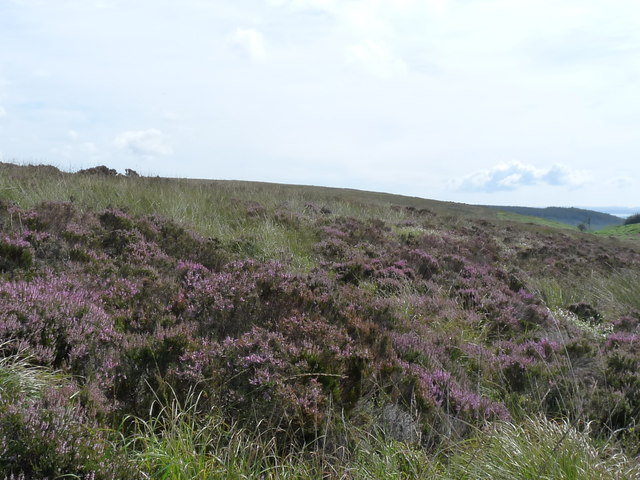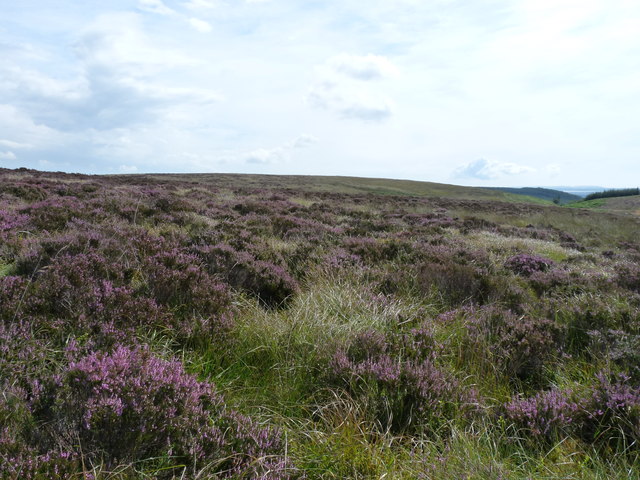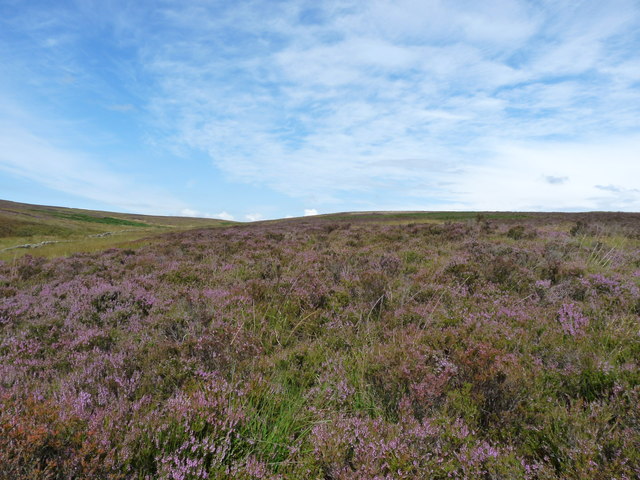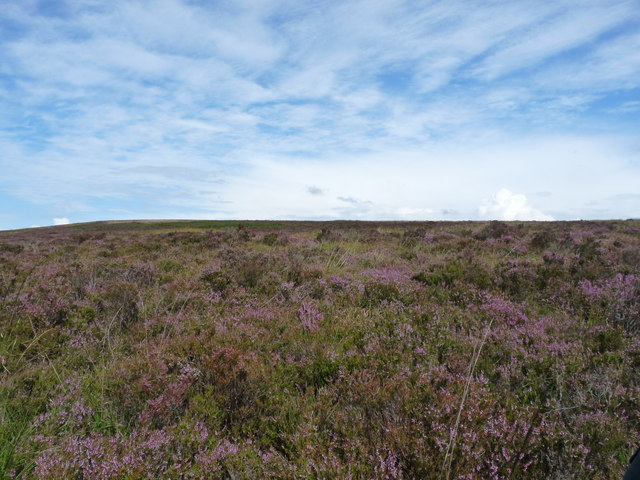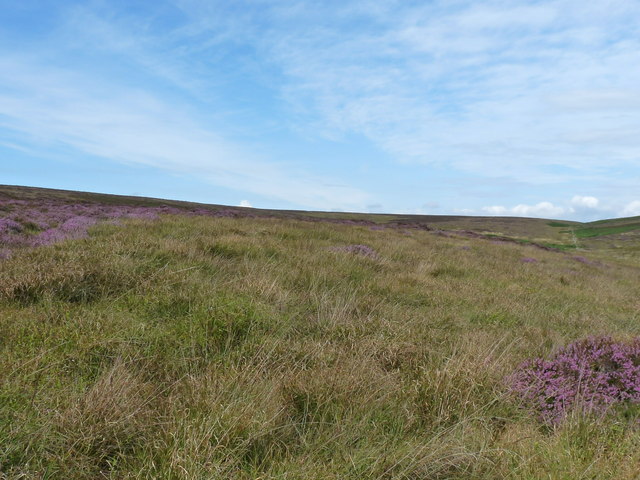Auld Wife's Grave
Heritage Site in Wigtownshire
Scotland
Auld Wife's Grave
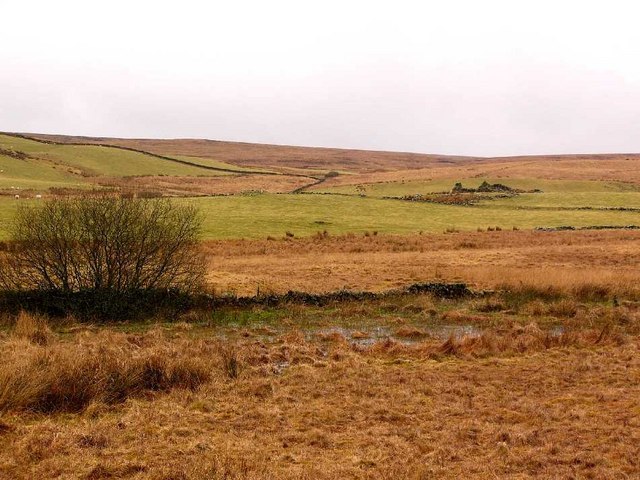
Auld Wife's Grave is a historic site located in Wigtownshire, Scotland. This heritage site holds great significance in the local folklore and history of the region. It is situated in a quiet and picturesque countryside setting, surrounded by rolling hills and lush greenery.
The site itself consists of an ancient burial mound, believed to be a Bronze Age burial cairn. The cairn is approximately 30 meters in diameter and is covered in grass and moss, giving it a mysterious and intriguing appearance. The name "Auld Wife's Grave" is said to have originated from the local legend that an old woman was buried here many centuries ago.
Visitors to Auld Wife's Grave can explore the site and observe the ancient structure up close. The cairn is well-preserved, with its original stone construction still intact. It offers a unique glimpse into the burial practices and rituals of the Bronze Age inhabitants of this area.
The site also offers stunning views of the surrounding countryside, making it a popular spot for nature enthusiasts and hikers. The peaceful atmosphere and tranquil surroundings add to the charm and appeal of Auld Wife's Grave.
Auld Wife's Grave is easily accessible, with a car park located nearby. Information boards are available on-site to provide visitors with historical context and details about the site. It is a must-visit destination for those interested in Scotland's rich cultural heritage and ancient history.
If you have any feedback on the listing, please let us know in the comments section below.
Auld Wife's Grave Images
Images are sourced within 2km of 54.94/-4.912 or Grid Reference NX1364. Thanks to Geograph Open Source API. All images are credited.
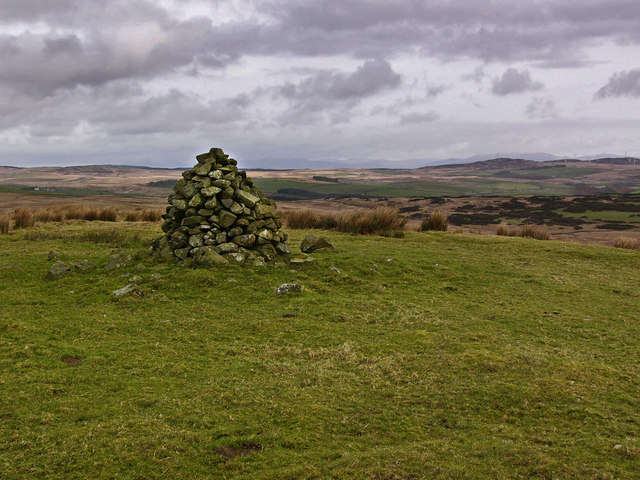
Auld Wife's Grave is located at Grid Ref: NX1364 (Lat: 54.94, Lng: -4.912)
Unitary Authority: Dumfries and Galloway
Police Authority: Dumfries and Galloway
What 3 Words
///rinses.craftsman.syndicate. Near Cairnryan, Dumfries & Galloway
Nearby Locations
Related Wikis
Inch, Dumfries and Galloway
Inch is a civil parish in Dumfries and Galloway, southwest Scotland. It lies on the shore of Loch Ryan, in the traditional county of Wigtownshire.The...
New Luce railway station
New Luce railway station served the village of New Luce, Dumfries and Galloway, Scotland from 1887 to 1965 on the Girvan and Portpatrick Junction Railway...
New Luce
New Luce (Scottish Gaelic: Baile Ùr Ghlinn Lus) is a civil parish in Dumfries and Galloway, south-west Scotland. It lies in the traditional county of Wigtownshire...
Castle Kennedy (castle)
Castle Kennedy is a ruined 17th-century tower house, about 3 miles (4.8 km) east of Stranraer, Dumfries and Galloway, Scotland, around 0.5 miles (0.80...
Nearby Amenities
Located within 500m of 54.94,-4.912Have you been to Auld Wife's Grave ?
Leave your review of Auld Wife's Grave below (or comments, questions and feedback).
